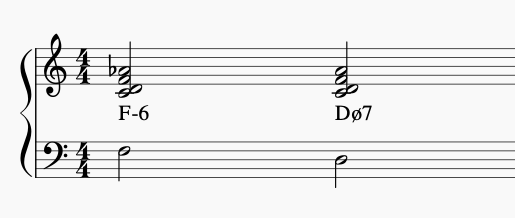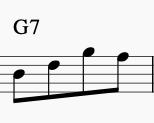Hi @chris4, thanks for writing!
I understand what you mean, it can get complicated if we dissect it to a very detailed level.
My suggestion is:
Don’t overthink it, try to see, and especially hear the bigger picture.
First, you can always think diatonically, meaning, if the song is in the key of Cmaj, you can most likely play through it with just using C6/Ddim:

At least you will be able to play a good portion of the song with just this.
Second, when it comes to the 251s you have more options.
Remember, that you should treat 25s as a one thing, not as 2 different chords, as for example D-7 and G7 come from the same core scale (Cmaj), and can be used with or without each other and still function as a 25 to C.
Of course, if the song is in C, most likely the C6/Ddim works over the 25s as well.
Then you can use either D-7(which is of course F6)/Edim, as it is the II chord,
or you can use the G7(that is D-6)/Edim, as it is the V chord.
OR the combination of the 2, if the melody for example would go to C, I would use F6/Edim.
AND of course, you can also use the Ab-6/Edim as well, as Ab-7/Db7 is the tritone sub 25 to D-7/G7.
And if you need the D- to be half diminished, you would treat it as F-6/Edim, as F-6 is the same chord as D-7b5, just with different root:

Main point is, don’t get too caught up with individual notes, even if they are not a part of a scale, they can work fine within a strong melody, or a harmonic function, for example with the Barry Harris voicings.
Thanks,
-Tuomo












